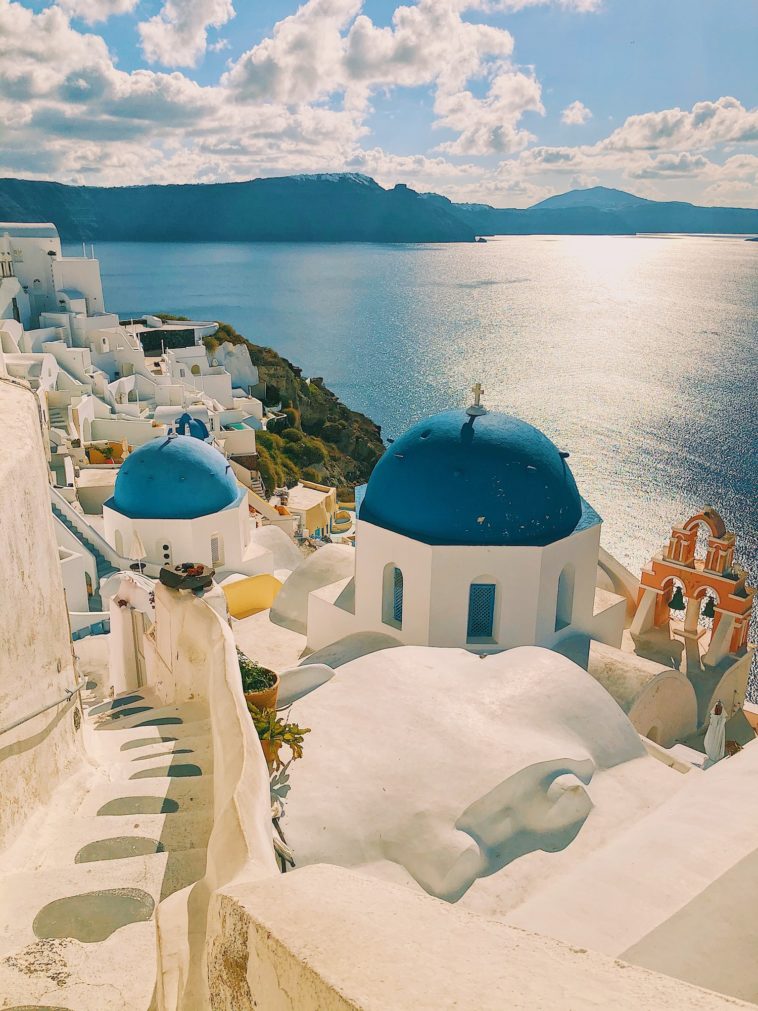Santorini, officially known as Thira, is a world-renowned island situated in the southern Aegean Sea, approximately 200 km southeast of mainland Greece. It is part of the Cyclades islands, and its geographical coordinates are approximately 36.3932° N, 25.4615° E. Known for its stunning sunsets, white-washed buildings, and crystal-clear waters, Santorini attracts millions of visitors each year. However, the island also faces complex challenges such as over-tourism, ecological concerns, and infrastructural limitations. This article aims to provide a comprehensive analysis of the key factors impacting Santorini, emphasizing the tradeoffs involved and the challenges faced when making decisions for its future.
Tourism: Economic Booster but a Double-Edged Sword
Economic Impact
Tourism is the mainstay of Santorini’s economy, accounting for an estimated 80% of its revenue. It offers employment opportunities and has significantly elevated the standard of living for locals.
| Year | Tourist Arrivals | Revenue Generated |
|---|---|---|
| 2018 | 2 million | $1.2 billion |
| 2019 | 2.3 million | $1.5 billion |
| 2020 | 500,000 | $300 million |
Negative Implications
However, the tourist influx has also led to over-tourism, straining local resources and infrastructures such as water supply, sewage systems, and transport. There’s also a trend towards the “museumification” of the island, where the native population feels overwhelmed by tourists, leading to cultural erosion.
Tradeoffs
Striking a balance between maintaining the lucrative tourism industry and mitigating its negative impacts is a continuous challenge. Regulatory measures such as visitor caps and environmental taxes are often discussed, but these could potentially diminish the island’s attractiveness and economic viability.
Geographical and Geological Factors: A Gift and a Curse
Santorini’s unique geographical features, including its caldera and volcanic islands, are major attractions. However, the geological activity also poses risks such as earthquakes and volcanic eruptions.
Tradeoffs
The local government must balance the economic gains from promoting these unique features against the potential risks and costs involved in disaster management.
Infrastructure: Straining Under Pressure
The island’s infrastructure, including roads, ports, and airports, faces considerable pressure due to the rapid growth in tourist numbers. Furthermore, the unique architecture and terrain make it difficult to expand or modernize these facilities without affecting the island’s charm.
Tradeoffs and Challenges
Upgrading the infrastructure without losing the island’s aesthetic appeal is a major challenge. Expansion often contradicts with the need to preserve the natural beauty and historical landmarks, requiring careful planning and strategic investments.
Environmental Considerations: Sustainability vs. Development
Tourism and local activities have led to environmental issues such as water pollution and waste management problems. The desire for modern amenities and higher standards of living for residents often competes with the necessity to maintain ecological balance.
Challenges
Implementing green technologies and practices can be expensive initially but are crucial for long-term sustainability. Decision-makers are thus faced with the immediate needs of the economy versus long-term environmental sustainability.
Socio-Cultural Impacts: Heritage Preservation
Santorini’s rich history and culture are key attractions, but there is increasing concern over the erosion of local traditions and the commodification of heritage for tourist consumption.
Tradeoffs
While efforts are underway to promote “cultural tourism,” these initiatives must also ensure the preservation and promotion of local heritage without commodifying it.
Conclusion
Santorini, with its breathtaking beauty and rich culture, is a jewel of the Aegean Sea. However, the key factors impacting it—tourism, geography, infrastructure, environment, and socio-cultural elements—present complex challenges and tradeoffs. Addressing these requires a multi-faceted approach that carefully balances immediate needs against long-term impacts. As stakeholders, including the local government, residents, and tourists, work to determine Santorini’s future, understanding these tradeoffs becomes critical in making informed, responsible decisions.





